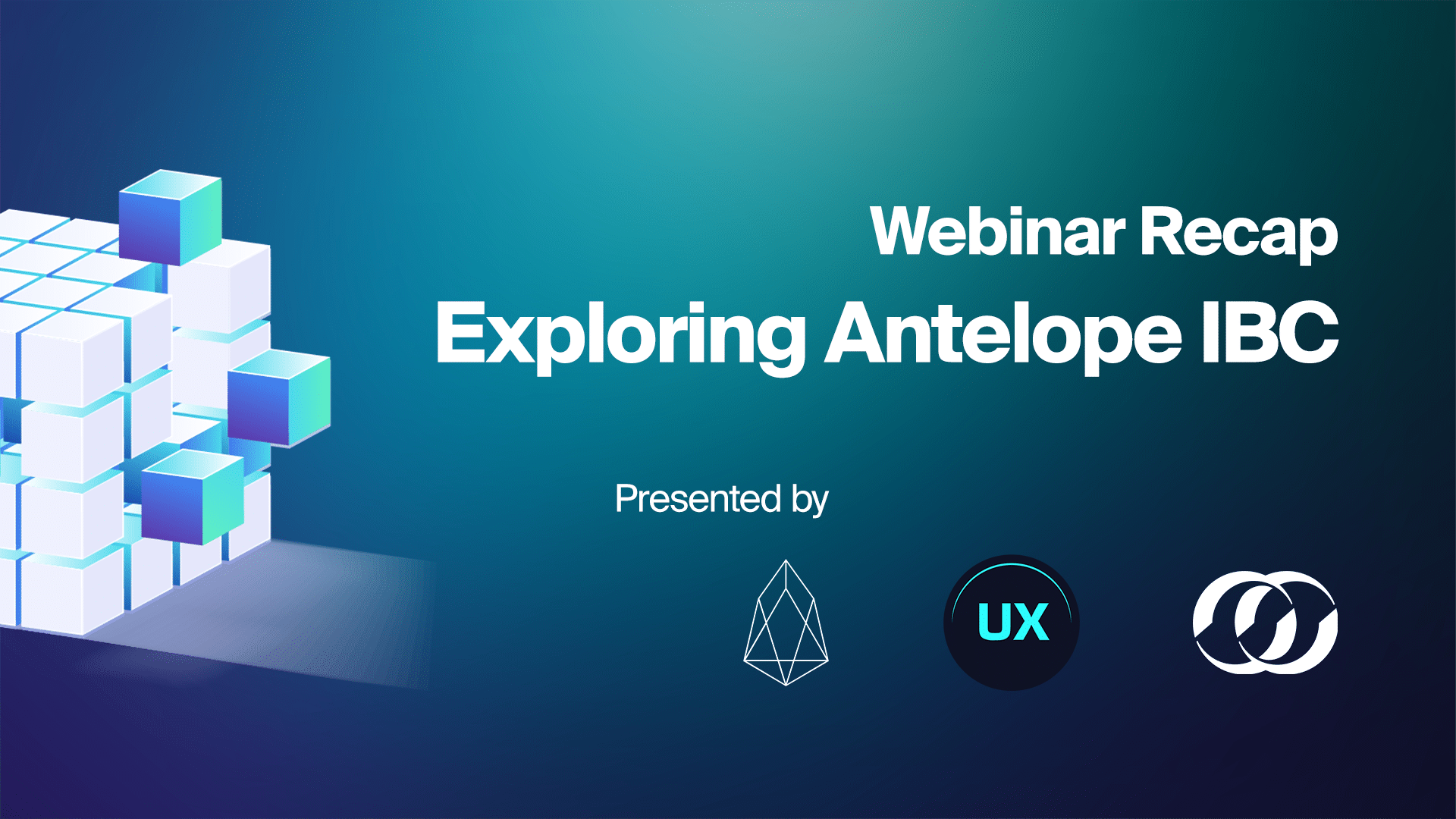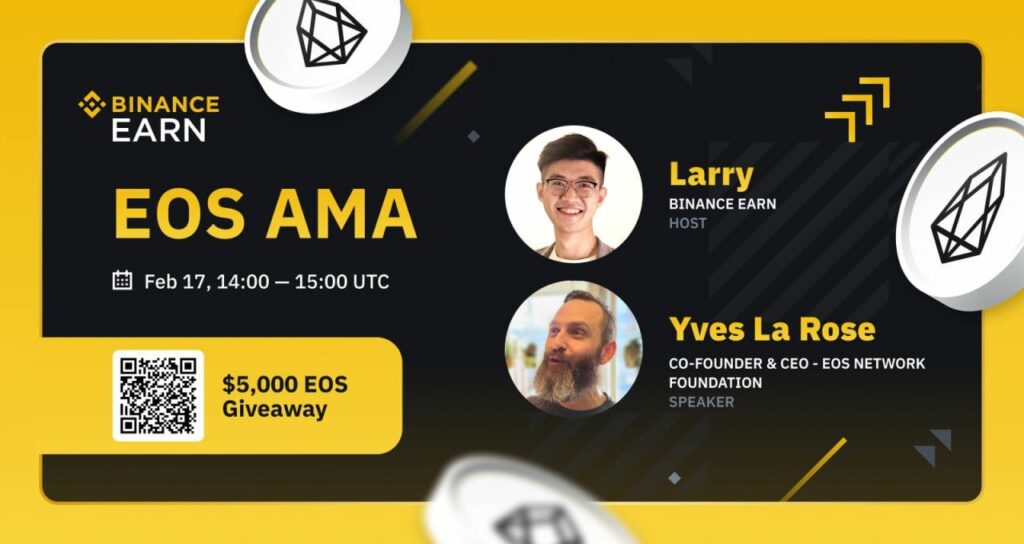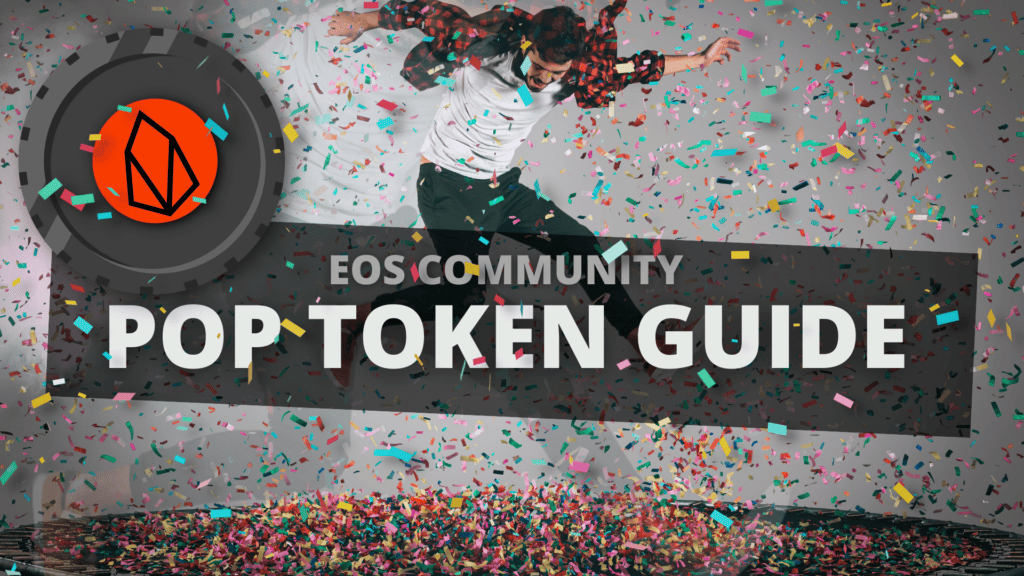To many, Inter-Blockchain Communication (IBC) is the pinnacle of achievement in blockchain. Antelope IBC, developed by UX Network and deployed in coordination with fellow Antelope Coalition member blockchains EOS, Telos, and WAX, has broken new ground by creating an IBC protocol that some have described as “a mesh of trustless bridges”. To accomplish this feat, Antelope IBC relies on the cryptographic proofs of finality from each participating blockchain, rather than simple oracles, and thus achieves true consensus across blockchains.
Featuring an in depth presentation from the principal architect and lead developer of Antelope IBC, Guillaume Babin-Tremblay of UX Network, hosted by the EOS Network Foundation’s Director of Developer Relations, Nathan James, and Communications Manager, Brandon Lovejoy, this first webinar on Antelope IBC is geared towards aspiring builders who are looking to understand the underlying structure and potential of this new protocol.
Deep Dive Into Antelope IBC
To begin, Guillaume presented a high-level overview of the Antelope IBC protocol.
“When we talk about the Antelope IBC protocol, what we’re really talking about is a mechanism that allows us to prove that a specific action occurred on Chain A, which we’ll call the source chain, to a smart contract that exists on Chain B, which we’ll call the destination chain.”
—Guillaume Babin-Tremblay
IBC Protocol Overview
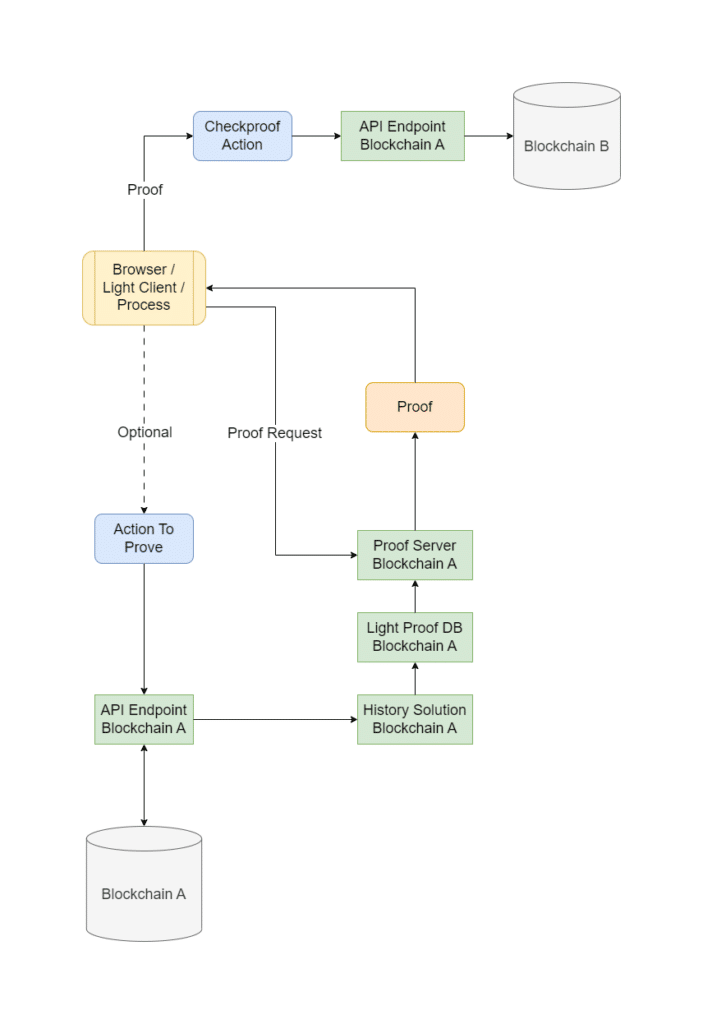
Moving on to the stages for “proof verification”, Guillaume described the two different schemes for determining the block finality status: the “heavy proof scheme” and “light proof scheme”, discussing the merits and tradeoffs of each method.
“In the context of IBC, what we do is we are trying to prove that such an action occurred to another chain and we do so by preparing a proof that is now going to be essentially telling us information about this action, e.g., in which context it was executed, how it was included into a block, how did that block reach a finality state. And this is the proof that we’re going to package and submit to a smart contract on the destination chain that will verify that the proof is valid, and if so, will essentially allow for the consequences of whatever that action was to be applied on the source chain.”
—Guillaume Babin-Tremblay
Simplified Verification Flow
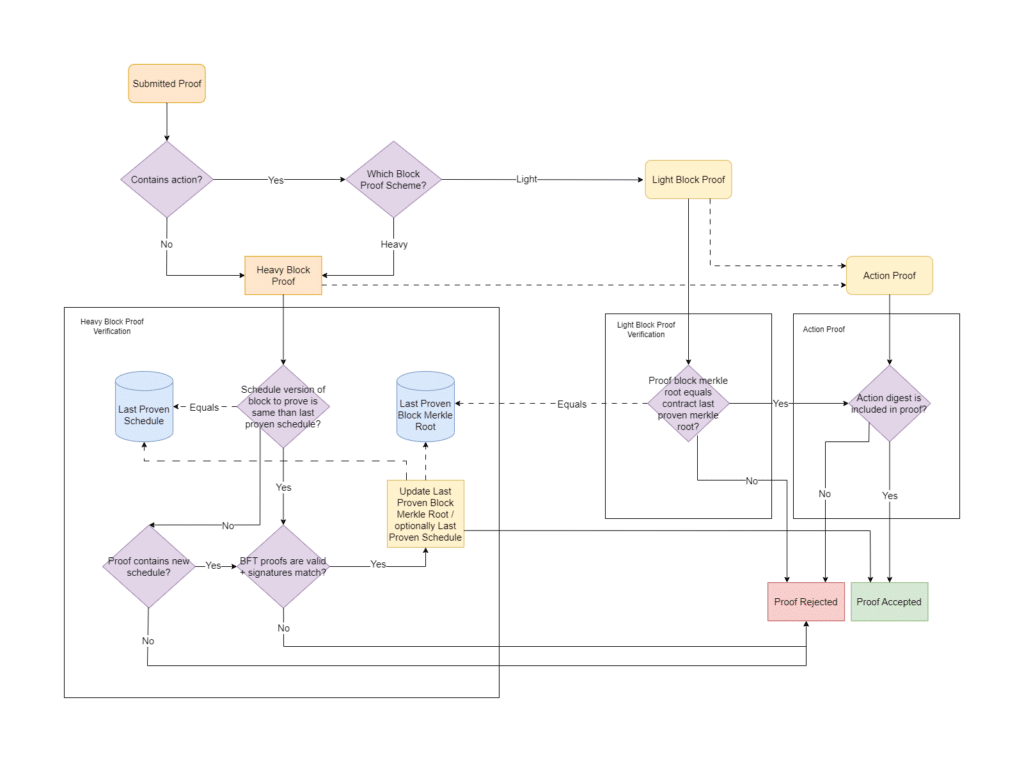
Questions from the panelists, all of whom are seasoned engineers within the Antelope ecosystem, were taken throughout the presentation. Many of the panelists shared their own unique insights and the conversation flowed into a variety of insightful topics including theoretical and practical applications, inline actions, history solutions, potential compatibility with other non-Antelope blockchains, and much more!
The intersection of IBC and Instant Finality, which will be released in the forthcoming Leap 5, was a theme throughout. Guillaume spoke to the work being done to prepare Antelope IBC contracts to also support Instant Finality proofs which will result in lower latency and less compute, making IBC transactions much faster, improving compatibility, and lowering costs.
Panelists:
If you weren’t able to attend the live session, watch the full recording of the webinar to witness firsthand the insights shared by Guillaume and the other panelists.
Exploring Antelope IBC Resources
Here we’ve curated a list of resources specifically for developers eager to delve deeper into the world of Inter-Blockchain Communication:
- IBC Documentation Your guide to understanding the intricacies of IBC.
- IBC Deep Dive An in-depth exploration of IBC and its potential.
- IBC Webinar Relive the discussion and explore the topics covered.
- IBC and EOS Your hub for all things IBC.
- IBC Podcast Listen on-the-go and immerse yourself in expert discussions.
- IBC Survey A survey of Antelope IBC from Phillip Mesnier of OCI
- IBC Telegram Get involved in discussions around Antelope IBC.
Explore the vast potential of a truly trustless Antelope IBC for enhancing cross-chain functionality and achieving unparalleled scalability for decentralized applications. Position yourself at the forefront of web3 and harness the power of IBC for your next groundbreaking project!
Watch the Full Webinar Here!
EOS Network
The EOS Network is a 3rd generation blockchain platform powered by the EOS VM, a low-latency, highly performant, and extensible WebAssembly engine for deterministic execution of near feeless transactions; purpose-built for enabling optimal Web3 user and developer experiences. EOS is the flagship blockchain and financial center of the Antelope framework, serving as the driving force behind multi-chain collaboration and public goods funding for tools and infrastructure through the EOS Network Foundation (ENF).
EOS EVM
The EOS EVM is an emulation of the Ethereum EVM, housed within an EOS smart contract. It offers feature parity to other EVMs in the space but with unmatched speed, performance and compatibility. EOS EVM connects the EOS ecosystem to the Ethereum ecosystem by allowing developers to deploy a wide array of Solidity-based digital assets and innovative dApps on EOS. Developers can use EOS EVM to take advantage of Ethereum’s battle-tested open source code, tooling, libraries and SDKs, while leveraging the superior performance of EOS.
EOS Network Foundation
The EOS Network Foundation (ENF) was forged through a vision for a prosperous and decentralized future. Through our key stakeholder engagement, community programs, ecosystem funding, and support of an open technology ecosystem, the ENF is transforming Web3. Founded in 2021, the ENF is the hub for EOS Network, a leading open source platform with a suite of stable frameworks, tools, and libraries for blockchain deployments. Together, we are bringing innovations that our community builds and are committed to a stronger future for all.
